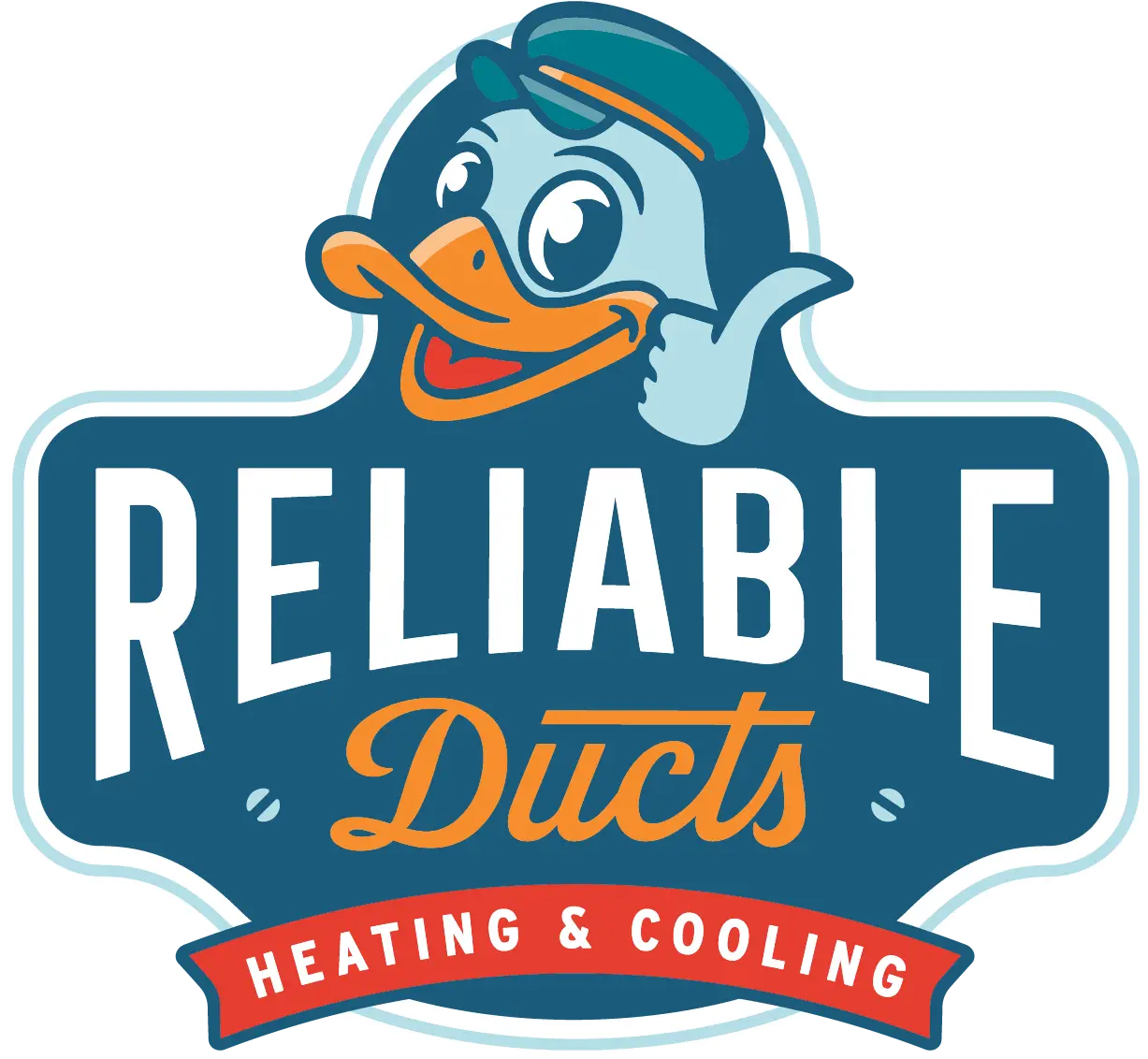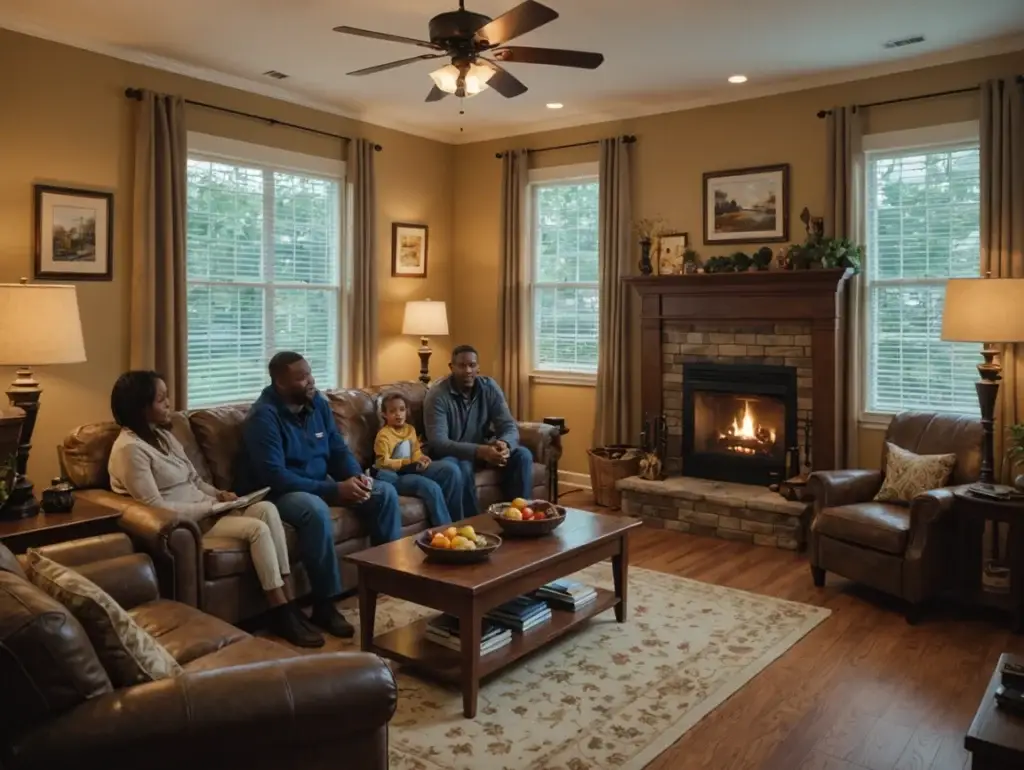Your HVAC system relies on a network of ducts to distribute conditioned air throughout your home. However, hidden from sight behind walls, ceilings, or floors, ductwork issues can often go unnoticed until they escalate into significant problems. Recognizing the signs of damaged ductwork is crucial for maintaining indoor comfort, energy efficiency, and air quality. Let’s explore how you can detect duct dilemmas before they escalate.
Understanding the Importance of Ductwork
Ductwork serves as the circulatory system of your HVAC setup, transporting heated or cooled air from the system to various rooms in your home and back again. When ducts are damaged or compromised, they can negatively impact the performance of your HVAC system, leading to issues such as uneven heating or cooling, reduced energy efficiency, and poor indoor air quality.
Signs of Damaged Ductwork
Uneven Temperature Distribution
If certain rooms in your home consistently feel warmer or cooler than others, it could indicate ductwork problems. Leaks or blockages in ducts can disrupt the airflow, resulting in uneven temperature distribution.
Increased Energy Bills
Damaged ductwork can cause your HVAC system to work harder to maintain desired temperatures, leading to higher energy consumption and increased utility bills. If you notice a sudden spike in energy costs without a corresponding increase in usage, it could be a sign of ductwork issues.
Poor Air Quality
Holes, cracks, or leaks in ducts can allow contaminants such as dust, pollen, mold spores, and allergens to enter your home’s air supply, leading to poor indoor air quality. If you or your family members experience respiratory issues or allergy symptoms indoors, damaged ductwork could be the culprit.
Visible Damage
Inspect visible ductwork in attics, crawl spaces, or basements for signs of damage, such as holes, gaps, loose connections, or disconnected sections. Additionally, look for signs of corrosion, rust, or mold growth, which can indicate long-standing moisture issues.
Whistling or Hissing Sounds
Listen for unusual noises coming from your HVAC system, such as whistling or hissing sounds, which may indicate air leaks or obstructions in the ductwork. These sounds are often more noticeable when the system is running.
Reduced Airflow
If you notice weak airflow from vents or registers in certain rooms, it could be a sign of duct blockages or restrictions. Check for obstructions such as debris, dust, or furniture blocking the vents, and inspect ducts for signs of damage or collapse.
The Importance of Professional Inspection and Maintenance
While some ductwork issues may be visible or audible to homeowners, many problems require the expertise of a professional HVAC technician to diagnose and repair effectively. Regular maintenance and inspection by qualified professionals can help identify and address ductwork issues before they escalate, ensuring optimal system performance and indoor comfort.
Your home’s ductwork plays a crucial role in the efficiency, comfort, and air quality of your indoor environment. By knowing the signs of damaged ductwork and addressing issues promptly, you can ensure that your HVAC system operates effectively and efficiently year-round. If you suspect ductwork problems, don’t hesitate to contact a qualified HVAC technician to assess and address the issue. After all, a well-functioning duct system is essential for maintaining a comfortable and healthy home.


